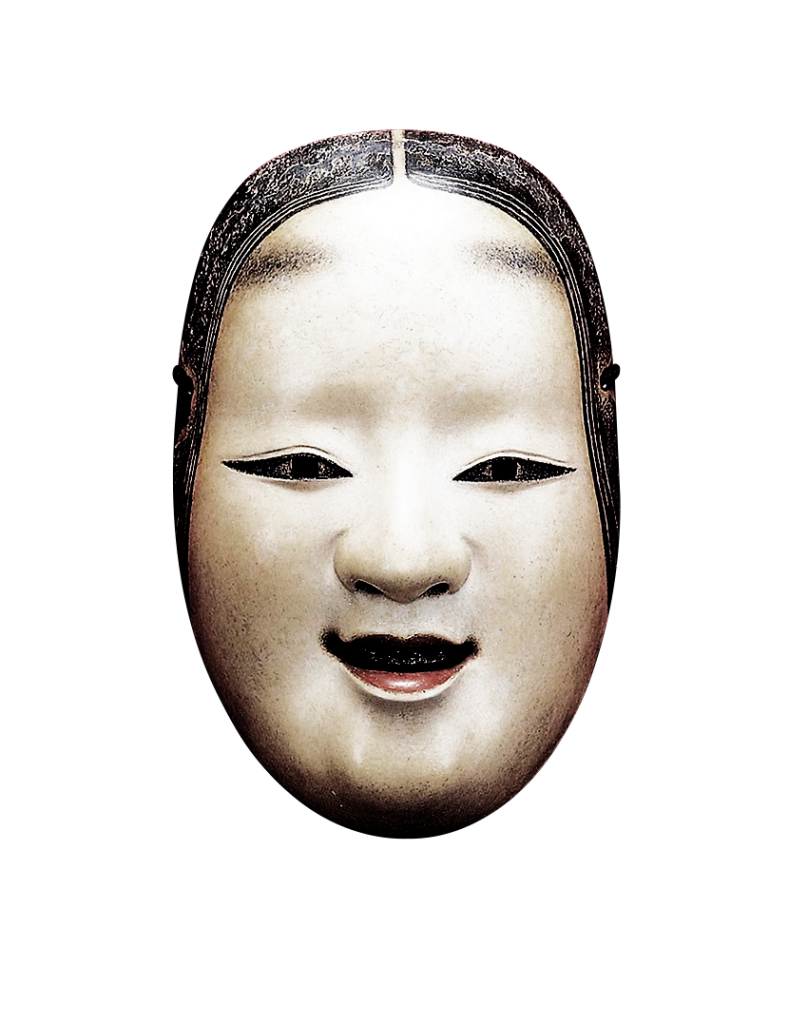History of Noh.
The Third Period

The stage in which it evolved from ritual arts to stage and entertainment arts,
and the period in which Otoko, Onna and Onryou masks appeared.
In the early Muromachi period, sarugaku theatre absorbed acts from other performing arts (dengaku, imayoh, shirabyohshi, acrobatic dance, koutabushi, etc.) and began to transform into a form of entertainment based on the art of dance, storytelling, and imitation.
Finally, with the arrival of Kan’ami (founder of Noh theatre), sarugaku was refined and distilled into Yugen-noh (a form of Noh that was produced by discarding the comical and obscene aspects of sarugaku).
In addition, Kan’ami’s son, Zeami, created Mugen-noh.
There’s a form of Noh called Genzai-noh that features a linear story and human characters.
In Mugen-noh the stage, story and characters are about the past and proceed in a non-linear fashion.
Noh masks were also differentiated by age, class, and character in order to more effectively relate the performances.
In particular, there was a significant differentiation and development in the field of Onna masks.
This is how the prototype of Noh developed and gave us the Noh masks we know today.
